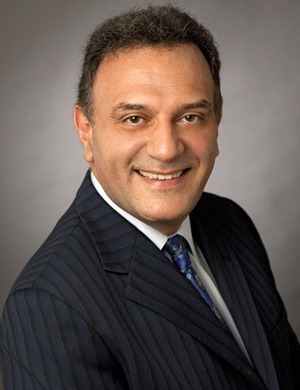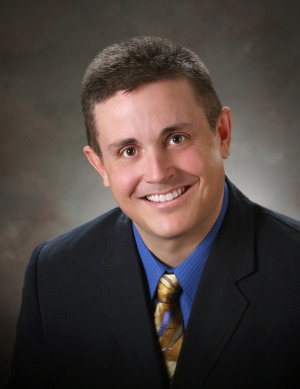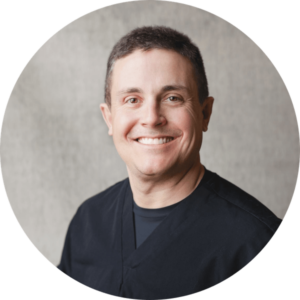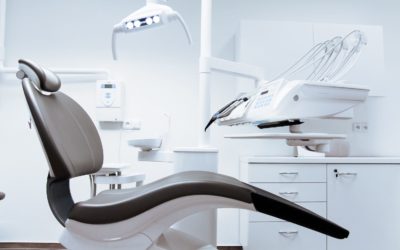Losing a tooth can be one of the worst feelings in the world. Not only can it make you feel self-conscious but the strange sensation in your mouth where the tooth used to be can keep you from staying properly nourished.
A popular solution to broken or missing teeth is dental implants. Dental implants fuse to your jawbone and allow fake teeth to be mounted with the use of an abutment (or connecting element placed between the false teeth and the implant screw).
Dental implants have been around since ancient China, and archaeological evidence shows that, over time, people have dealt with the problem of missing teeth by trying to fill the gap with anything from seashells to ivory to precious metals.
Dentists emptied their seashell collections in 1965 when the first titanium implant was placed at Sweden’s Gothenburg University and following this genesis, the practice has seen rapid progress leading to the advanced state of the industry we are in today.
Recent Advancements
Dr. Kourosh Maddahi DDS currently runs a practice in Beverly HIlls California. He has been performing implant procedures since 1988 and, in this time, has seen what he describes as four major changes in their administration.
“The first,” he explains, “was the switch from pure titanium to titanium alloy for the implants themselves. Titanium alloy is much stronger and reduced the amount of breakage occurring in the implants significantly.”
Although the second change has included “debate with speculation,” Dr. Maddahi describes the change in the surface of the implants as the second major change.
“We won’t really know which kind of surface truly is the best for a number of years when this generation of implants needs to be replaced.”

Dr. Kourosh Maddahi is renowned for his knowledge and implementation of dental implants. | Image credit to the office of Dr. Kourosh Maddahi
What Dr. Maddahi calls “one of the most notable changes,” occurred in the hex used to attach the implant to the screw.
“One of the biggest problems when it came to implants used to be that over time this hex [that would sit on top of the implant], being only about a millimeter in height, would not provide enough retention to keep the abutment in place over years of pressure from chewing, and so the abutment would become loose.”
Bad news for those looking to keep their implant in place, but Dr. Maddahi goes on to describe the advancement that solved this problem. “…in the early 2000s the industry came out with an internal hex, meaning the screw would go inside of the implant as opposed to sitting on top of it, which allowed the screw of the abutment to be much longer, and eradicated this problem almost entirely.”
What does this mean for you? According to Dr. Maddahi, “The stability of implants is much greater now than before, which is also much more comfortable for the patient.”
Finally, Dr. Maddahi states that a change has taken place in the way crowns are fixed onto abutments. “Originally there had been a hole in the middle of each crown where the screw would come up and this was covered by a filling material. It was designed this way with hopes of keeping [the] crown in place longer, but after the switch to the internal hex design, there was no need for it anymore, and the industry standard became a cemented crown on top of the abutment.”
Not only does this provide a more aesthetically pleasing crown, but Dr. Maddahi says that “All of these changes combine to make for a much more streamlined, and less painful experience for any patient who is getting implants.”
Which is a noble end goal for any progress in the field of dentistry.
“I have had many of my patients who have gotten work done in my office tell me they enjoy eating with their implants more than they had with their teeth before, and I consider that a pretty good barometer for how far we’ve come.” – Dr. Kourosh Maddahi
Dr. Kazim Mirza BDS is a practitioner at Cripps Dental Centre in Nottingham England and runs @TheDentalBlog on Twitter. He describes the change that has taken place in the time required for a dental implant to be placed. “what has changed dramatically over the last few years,” Dr. Mirza states, “is the time taken between losing a tooth and having a new crown fitted with an implant.”

Dr. Kazim Mirza runs the popular twitter account @theDentalBlog
Patients who are dealing with lost teeth can be assured, as Dr. Mirza goes on to state that “Patients have been able to get their teeth restored on the same day in some circumstances which has made the treatment less invasive through less procedures, less traumatic to the patients and more rewarding for the dentists in being able to restore a smile so quickly.”
Dr. John Luther from Timbercrest Dental Center in Appleton, WI has been restoring implants since 1999. Eight years ago, Dr. Luther expanded his implant expertise to include the surgical phase, thus allowing all phases of the implant procedure to be performed in one office.
“The titanium implant post is the prosthetic dental equivalent of an artificial hip or knee replacement. When you top this post with an all porcelain crown,” says Dr. Luther, as he describes one of the many implant placements he does in his office, “you have the closest thing to a real tooth. Our patients comment on how natural their implants look and feel.”

Timbercrest’s very own Dr. John Luther has worked extensively in the field of dental implant technology.
What’s ahead?
According to Dr. Mirza, the future is quite bright for dental implant technology.
He describes the changing attitude toward dental implants “The thought of having bone drilled can be off putting to many patients but the thought of having the root of a tooth extracted and the space being filled by an implant which can then be crowned has meant the scope for implants has increased dramatically. This is why so many more implants are being placed now than a few years ago. And I predict this will continue to rise.”
These rapid advancements in dental implants mean one major thing for you – a missing tooth has more options than ever before. In addition, they are becoming quicker, less expensive and less painful.








